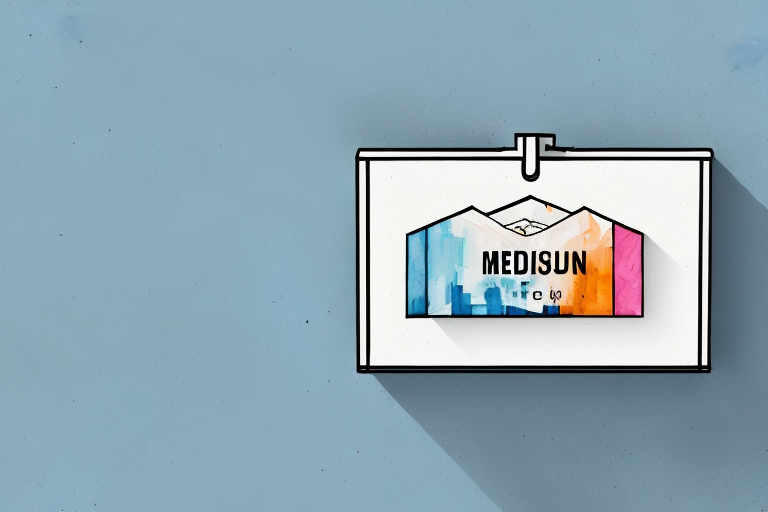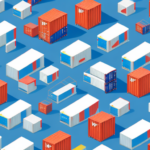Understanding Medium Boxes: Dimensions and Applications
When it comes to packaging, storage, or moving, selecting the appropriate box size is crucial for efficiency and protection. Medium-sized boxes are among the most versatile and commonly used boxes, suitable for a wide range of items. This article explores the dimensions of medium boxes, their types, and how to choose the right one for your specific needs.
Defining a Medium-Sized Box
A medium box is typically a rectangular container used for packaging, transportation, or storage. It strikes a balance between smaller and larger boxes, making it ideal for a variety of products such as books, clothing, kitchenware, electronics, and more. Standard dimensions for medium boxes generally range from 18 x 14 x 12 inches to 20 x 16 x 14 inches. The size and capacity of a medium box determine its suitability for different purposes.
When selecting a medium-sized box, consider the weight of the items to be placed inside. Most medium boxes have a weight limit of around 50 pounds, though this can vary based on the material and construction of the box. Additionally, the fragility of the items should influence your choice; opting for boxes with adequate cushioning or padding can prevent damage during transportation.
Environmental impact is another important consideration. Many suppliers offer eco-friendly options made from recycled or biodegradable materials, which help reduce waste and minimize environmental footprints.
Types of Medium Boxes and Their Dimensions
Medium boxes come in various types, each offering unique dimensions and features suited for different needs. The most common types include:
- Corrugated Cardboard Boxes: Ranging from 18 x 14 x 12 inches to 20 x 16 x 14 inches, these boxes are lightweight, affordable, and recyclable.
- Plastic Boxes: Available in various sizes, generally comparable to cardboard, but offering greater durability and water resistance.
- Wooden Boxes: Often custom-sized for heavy-duty applications, providing maximum protection for fragile or valuable items.
Bear in mind that dimensions may slightly vary depending on the supplier or brand, so always verify the size and capacity before purchase.
Choosing the Right Medium Box: Key Factors
Weight Capacity and Distribution
Ensure the box can support the weight of your items without compromising its structure. Even weight distribution within the box helps maintain its integrity during handling and transport.
Material and Durability
Selecting the right material is essential based on the nature of your items. Cardboard is lightweight and recyclable, plastic offers durability and water resistance, while wooden boxes provide robust protection for heavy or fragile items.
Environmental Sustainability
Opting for eco-friendly boxes made from recycled or biodegradable materials can significantly reduce your environmental impact. According to the Environmental Protection Agency (EPA), recycling cardboard lowers greenhouse gas emissions and conserves resources.
Cost Considerations
Balancing cost and quality is vital. While cardboard boxes are generally more affordable, investing in higher-quality materials like plastic or wooden boxes may be necessary for specific use cases, despite the higher upfront cost.
Measuring and Comparing Medium Box Sizes
How to Accurately Measure a Box
To determine the suitability of a medium box, measure its three dimensions: length, width, and height. Length is typically the longest side of the box's front face, while width is the shorter side. Height is measured from the base to the top when the box is upright. Round all measurements to the nearest inch and account for the box's material thickness to ascertain the internal usable space.
Comparing Sizes Across Brands
Different brands and suppliers may have slight variations in their box sizes. For optimal fit, compare dimensions and capacity specifications before selecting a box. For example, UPS and FedEx offer guidelines on box sizes to align with their shipping requirements.
Best Practices for Using Medium Boxes
Proper Packing Techniques
Use appropriate cushioning materials like bubble wrap or packing peanuts to secure items within the box. This prevents movement and potential damage during transit.
Efficient Space Utilization
Maximize the box's internal space by organizing items strategically. This not only protects the contents but also reduces the need for additional packaging materials.
Environmental Impact and Sustainability
Recycling and Reusing Medium Boxes
Recycling cardboard boxes conserves resources and reduces landfill waste. Additionally, reusing boxes for storage or creative projects extends their lifecycle and diminishes environmental impact.
According to the World Wildlife Fund (WWF), recycling one ton of cardboard can save approximately 17 trees and 7,000 gallons of water.
Where to Purchase Quality Medium Boxes
Affordable and Reliable Suppliers
When purchasing medium boxes, consider suppliers that offer quality products at competitive prices. Buying in bulk can often result in significant discounts. Popular suppliers include:
Evaluating Customer Reviews and Ratings
Assessing customer feedback can provide insights into the quality and reliability of different box brands. Look for reviews that mention durability, size accuracy, and overall satisfaction.
Eco-Friendly Options
If sustainability is a priority, seek suppliers that specialize in eco-friendly packaging solutions. This ensures that your choice aligns with environmental goals.
In conclusion, selecting the right medium box size and type is essential for effective packaging, storage, and transportation. Consider factors such as size, material, weight capacity, environmental impact, and cost when making your choice. Proper selection not only protects your items but also contributes to sustainability and cost-efficiency.






















